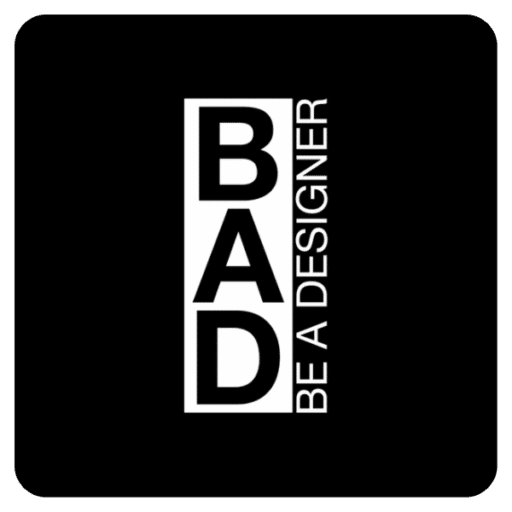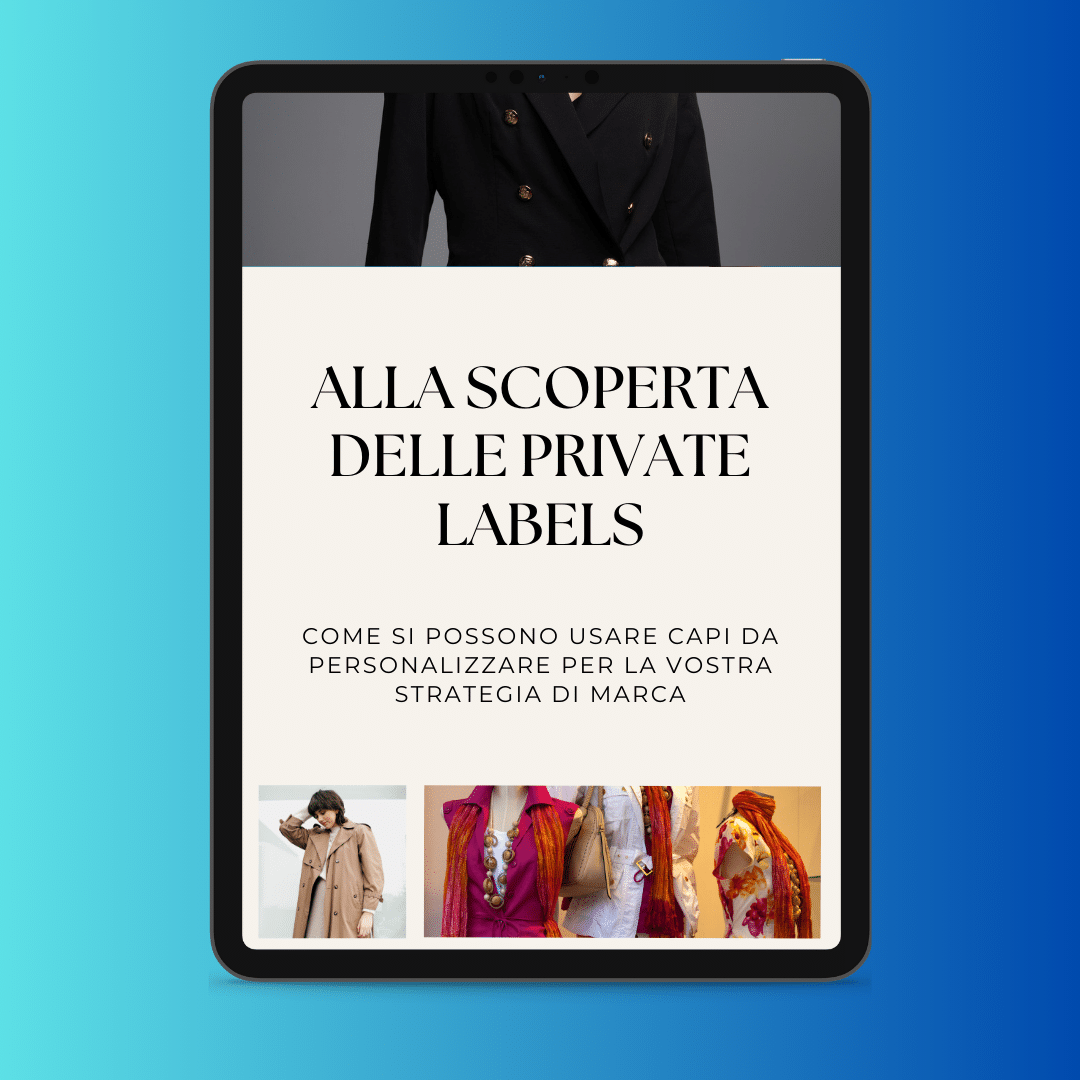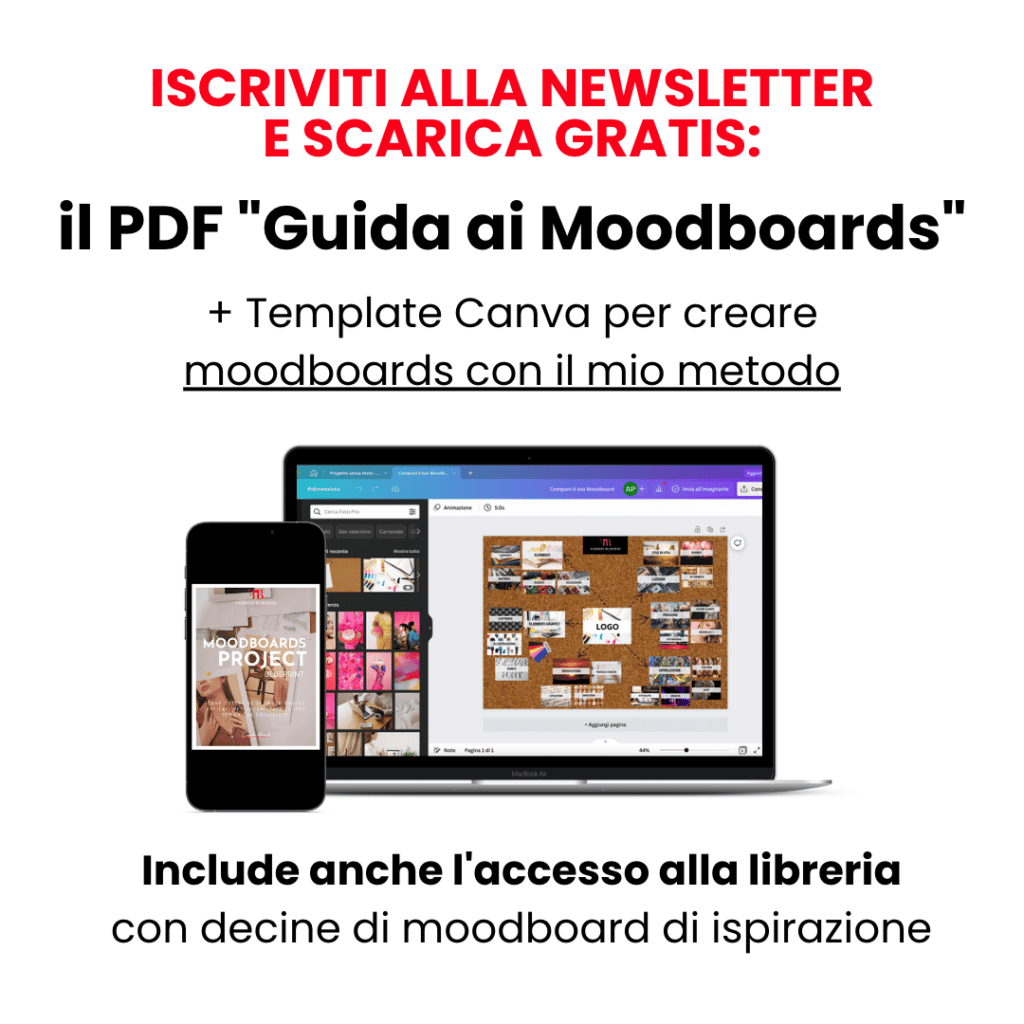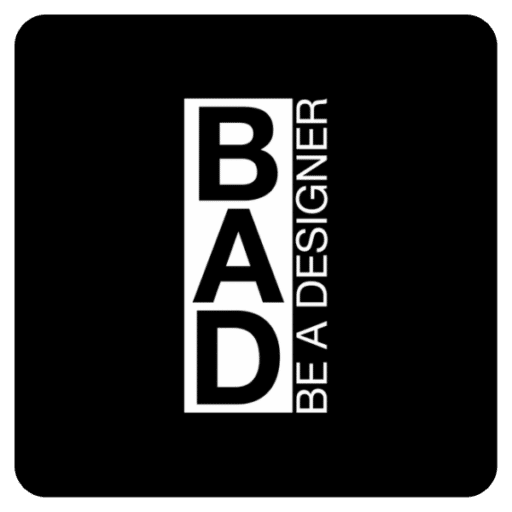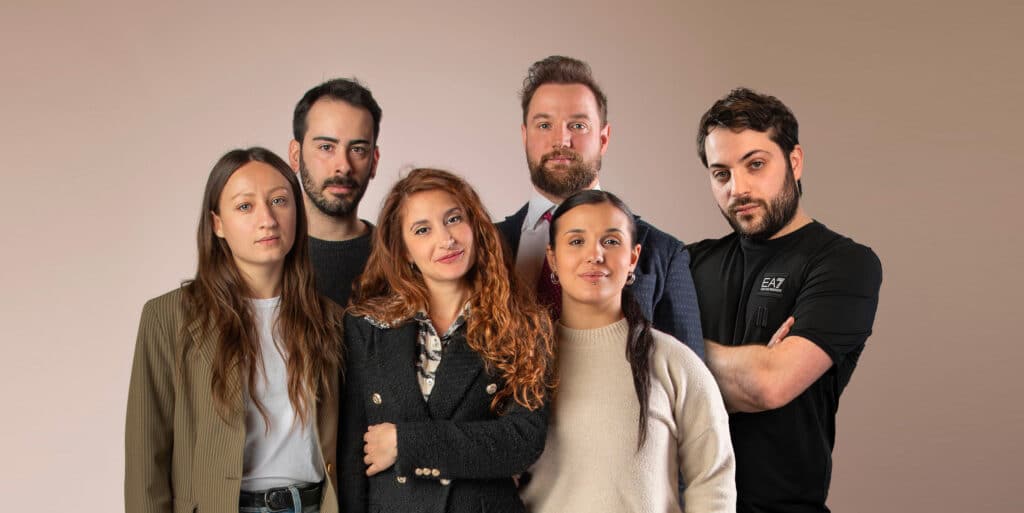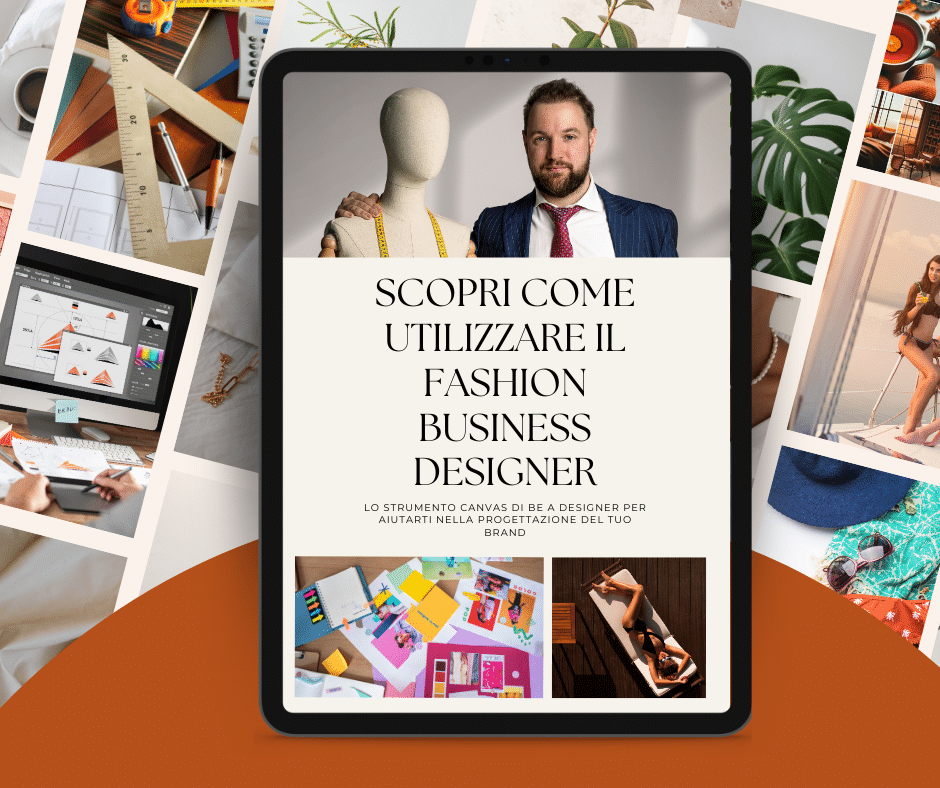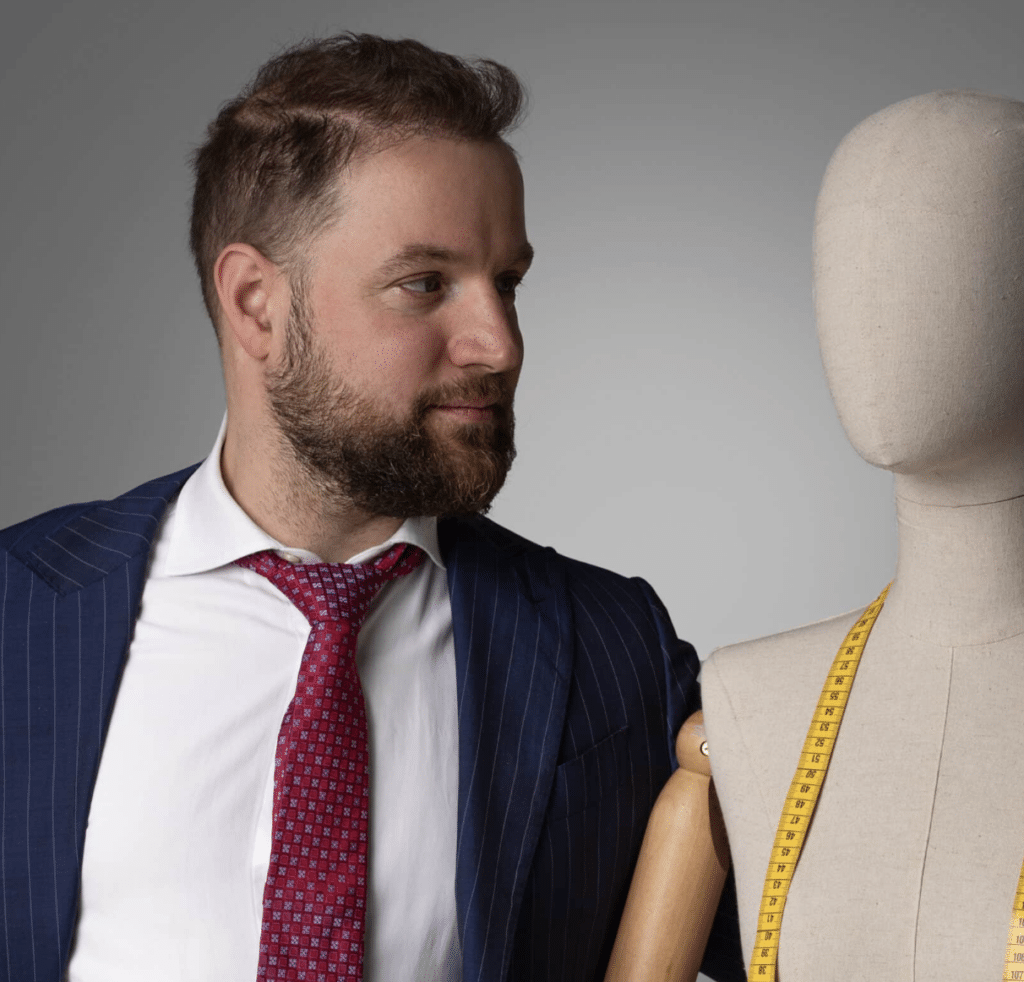In recent years one hears more and more about private label. This is no coincidence: this model is revolutionising the way products are created and sold in so many sectors, from food to beauty to fashion.
If in the past it was almost compulsory to create one's own garments starting from scratchwith patterns or inspired by similar products, today the market offers a viable alternative: ready-made products to customiseoften of excellent quality.
A concrete example comes from categories such as the streetwear - with t-shirts and sweatshirts - and the sportswearwhich has always lent itself to customisation (think of footballers' shirts).
The question arises: does it really make sense to produce a t-shirt from scratch if the real strength of the brand is the graphics and printing?
The answer is: depends. In this article we will analyse the pros and cons and explore the opportunity offered by the private label compared to traditional production, so as to help companies and designers better understand the differences between these two strategies and choose the right path for their clothing brand.
Private labels: what are they?
Customisation is a growing trend in the fashion industry that goes hand in hand with the ready-to-wear industry. But there is often confusion: what does it really mean? And above all, how do you turn an idea into a private label brand that really works in the market?
This is where a style office like Be A Designerthe partner who accompanies you from beginning to endavoiding costly mistakes and guiding you step by step towards a solid brand.
Private labelling is a form of customisation which consists of modifying a ready-made product to meet the needs of brand uniqueness.
The term 'private label' literally means private label. In practice, we are talking about a product created by a external producerbut sold with the commissioner's mark.
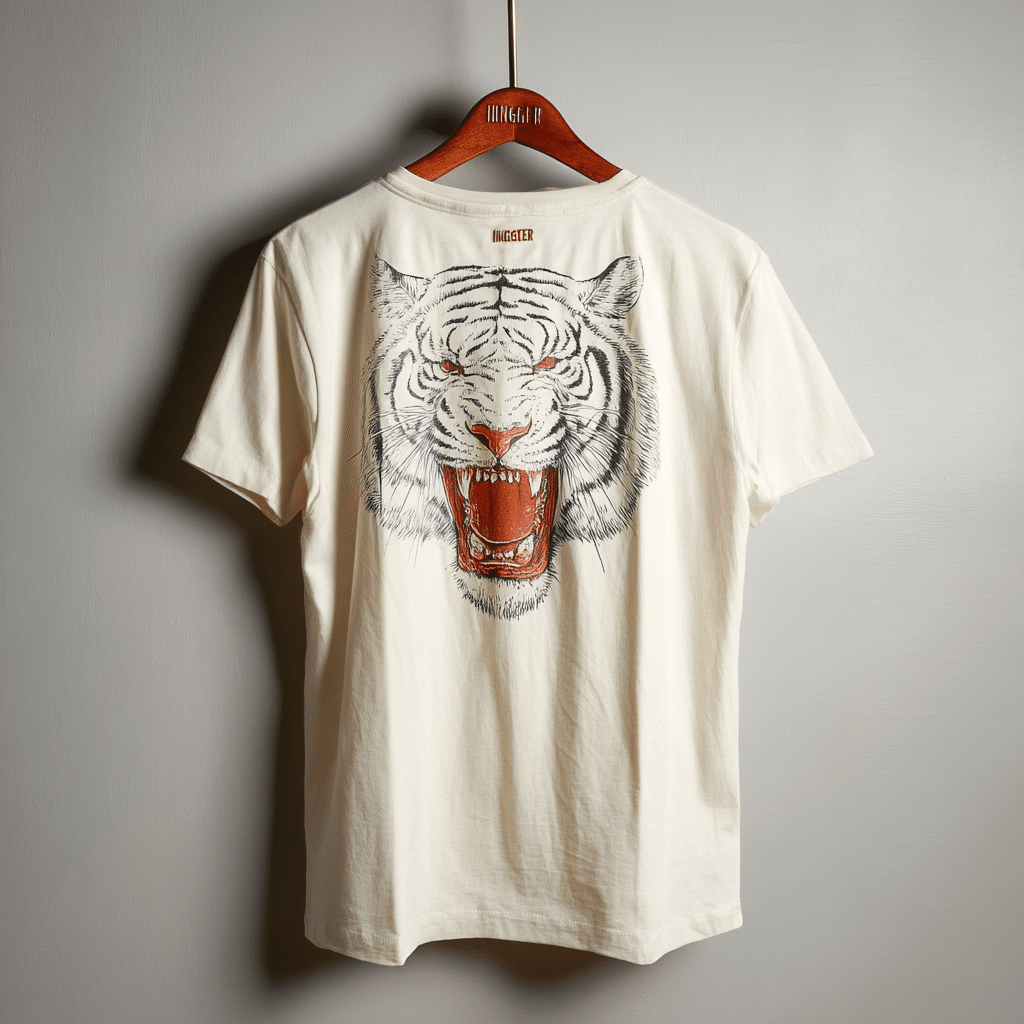
For example, a company might buy an already produced garment and make small changes, such as colour or size, to customise it.
The advent of private labelling has led to greater flexibility in production, as companies can buy already manufactured products and make the necessary modifications without having to invest time and money in the creation of an entirely new product.
To orient ourselves by looking at the Fashion Business Canvas, tool designed by our office to visualise the different stages of creation, we are in the second quadrant dedicated to the creation of our collection.
The private label is inserted in chronological order after our Pyramid collection and occupies the dials:
Item Draft: Drafts of what the final garments will look like
Materials: The choice of materials
Application: The applications or customisation of our garments.
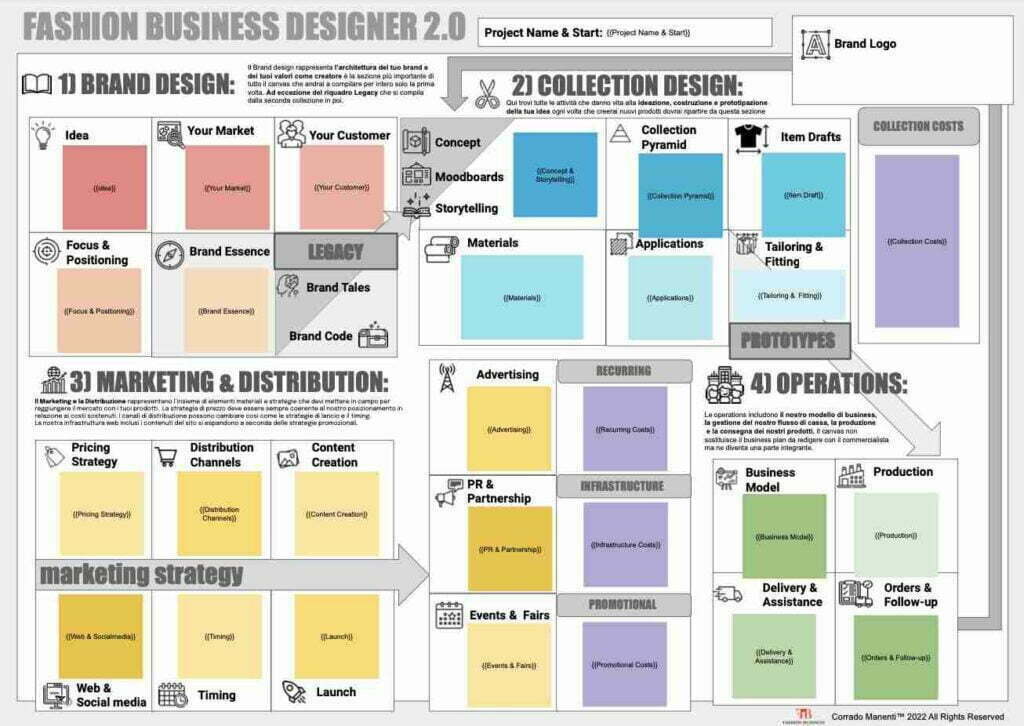
Download them now:
Click on the button below
and follow the instructions:
As you can see from the canvas we will not need to fit and unfit the garments will have already been perfected by the manufacturer and we will not even have actual 'prototypes' as they will be exactly the same as the ones we will then order in the final production phase.
Up to this point it all seems very advantageous, in essence we can choose pre-packaged garments, customise them and sell them under our own brand name, taking away the big problem (and cost) of prototyping the unpacking!
But as always there are always pros and cons. Let's delve into this together!
If we wanted to give a rough definition of what it means in the fashion industry "private label suffice to say:
put your own label to an undifferentiated head.
After working on the creating a moodboard and laying the foundations for our storytelling or created narrative bases for our objects (let us always remember that anything we plan to make will have its own story and identity) we will be at a crossroads.
We will have to choose whether:
Developing a new product (i.e. starting from your idea we will construct the garment, bags, shoes or accessories, thus creating something that does not exist)
Or choose the customisation of ready-made garments.
Private Label VS customisation
When let's talk about Private Label we find ourselves in the second scenario, where we decide to opt for neutral or existing garments and customise them. There are various levels of customisation:
If we take neutral t-shirts and go and print them with our own designs (simply because our focus is on the print and not on the t-shirt itself) this is in all respects a customisation and is part of the creation.
If, on the other hand, we choose a ready-made garment and only change the label to our own then we are talking about Private Label in the purest sense.
In this second scenario 'more extreme' we are buying a "product without marketing"I buy an existing neutral product and try to make it unique with my communication, my marketing and above all my brand. This may seem almost 'dishonest' if we think that fashion should be a business based on creativity and always proposing something original.
But equally, it is an established strategy that works well when our brand is strong and has its own recognisability. Always remember that when a brand is strong it can position any undifferentiated product at the level of its other products including aspirational ones.

Often many brands famous purchase garments from other brands at the same level, and the value in itself is not so much the product how much by marketing and how much they are influential and important their stories and valuesdepending on the unique way in which our brand manages to giving value through our business system.
The business system strongly depends on the unique way in which our brand expresses its value.
Do we have a way to bring the product to market in a convincing manner?
Do we know the tools and effective methods to distribute it?
If your Brand succeeds in conveying the right value to its target audience through a community of enthusiasts, it will be irrelevant if the garment is not designed and built from scratch, because customisations will be the value to the design product and make people talk about us.
PRIVATE LABEL: THE PROS
Having some or all of the garments customised allows us to choose from something that already exists and is in some way already on the market, we can hardly go wrong and choose 'not in season' garments because the manufacturer is much more attentive to macro market trends and what is or is not in season.
We can customise garments of good quality and sometimes made in Italy
We can include garments in the collection (such as outerwear) that might be too expensive to design from scratch and produce in small quantities
You can test different types of garments and see if they fit (without making stock)
All famous brands do it, so it won't be a problem if you do it too, right?
PRIVATE LABEL: THE CONS
Your competitors and hundreds of other brands (without exaggeration) also source from the same suppliers so there is always the risk of being 'unoriginal'.
If your marketing has no emotional overtones or context it is difficult to sell undifferentiated products
You are bound by the manufacturer's proposals, seasonality and stock and have to adapt to its corporate policies.
All famous brands do this, maybe if you want to differentiate yourself it is better to focus on creating something relevant!
Where many emerging brands fall
Many entrepreneurs or designers think that it is enough to choose a supplier and put their logo on a garment to have a private label. The reality is quite different.
Without guidance, there are risks:
of finding yourself with unclear suppliers who promise very low prices but deliver poor products;
to have perfect samples but inconsistent final productions;
to burn precious months in difficult communications, between different languages and complex bureaucracy;
to launch a collection without a real identity, a series of garments without a common thread.
And this, unfortunately, I see happening every day. Brands that start out with enthusiasm, invest budget and time, and then end up with anonymous products that tell nothing.
Be A Designer: more than a supplier, your style office
And this is where Be A Designer. The difference lies in the method. We are not a simple private label manufacturerbut a style office and strategic consultancy.
This means that we do not just produce for third parties, but we we accompany you all the wayfrom the initial idea, through collection design to quality control and launch support.
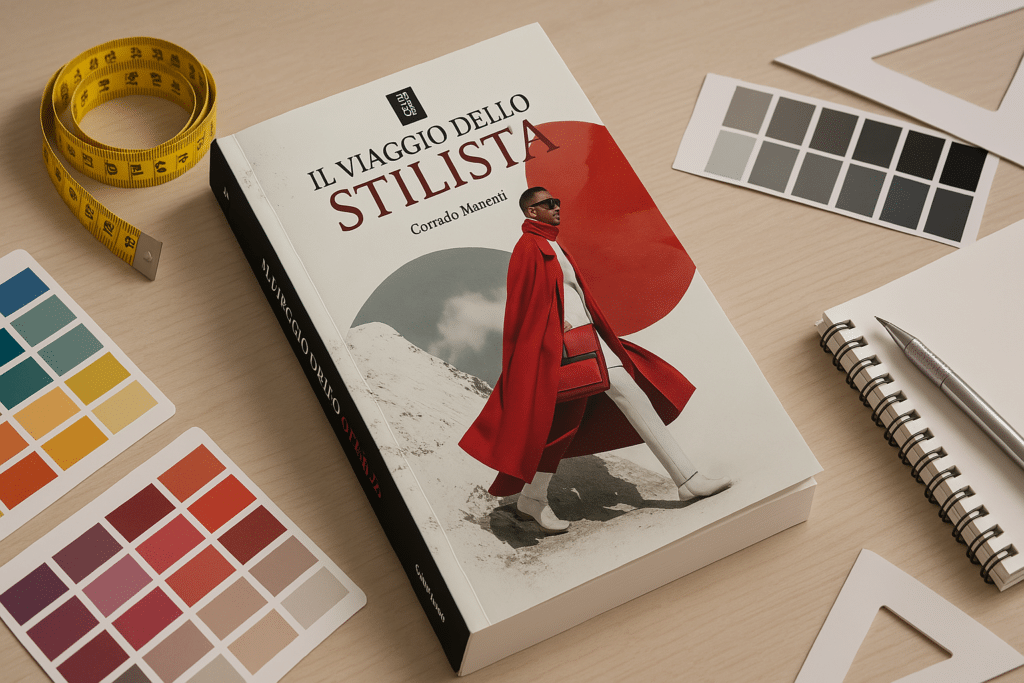
Let's take a concrete example. Suppose you want to create a line of sustainable sweatshirts. Without guidance, you would have to look for certified organic fabrics yourself, find a lab that knows how to process them, check that the fit is correct, manage the timing and coordinate the logistics. A nightmare.
With Be A DesignerInstead, the process is clear and orderly. We start with an analysis of your brand and your target audience. We design the garments together. We select the right suppliers, with whom we already have established relationships. We follow the production step by step. And above all, we make sure that the end result truly reflects your vision.
Why Italy remains the heart of private label fashion
Private labels are often produced in countries like India, Brazil or China. But Italy remains one of the best choices, because it combines craftsmanship, quality and design like no other country in the world.
The problem, however, is that for those entering this sector for the first time, Italy is not easy. We have the best talent, the best suppliers and materials, but also one of the worst infrastructures for those who have to start from scratch.
And that's why a style office like Be A Designer becomes essential: because it knows how to move within this complex ecosystem and turn it into an opportunity for those who want to do fashion seriously.
New Private Label Trends
Looking to the future, private labels will also be increasingly central in fashion. Some trends are already clear:
SustainabilityThe consumer demands eco-friendly collections, from recycled fabrics to ethical processes.
CustomisationStandard products are no longer enough, we need the ability to offer unique variants.
Digital and marketplaceAmazon, Zalando and many other platforms are opening up huge spaces for private labels.
And events such as the Future Private Label Expo 2025 confirm that this is a global trend, which continues to expand.
Your private label must not be anonymous
The point is simple: in 2025 it is no longer sufficient to have a private label. Anyone can find a supplier and print a logo. The real difference is having a private label brand that tells a story, conveys value and has a solid basis for growth.
And that is exactly what Be A Designer does: it allows you to transform an idea into a coherent, quality collection with a strong identity. A path in which you are never alone, but accompanied by a partner who knows the risks and how to avoid them.
Because a private label is not just production: it is strategy, style and vision.
And if you really want your brand to have a future, starting with a style office at your side is the best investment you can make.
